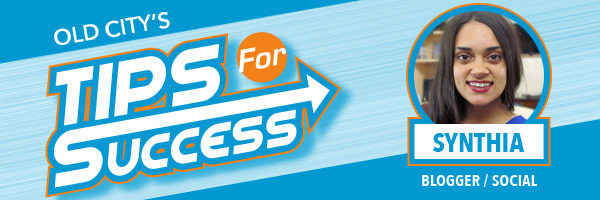Most businesses hire a web firm to navigate the enigma that is the web world. From registering your domain to ensuring responsiveness, web firms take care of the nuances of your website. However, it’s important that the information they give you is translated correctly. To help you understand your web firm better, we've created a list of frequently used terms in the web world.
Website Terms
CMS (Content Management System) - A CMS is software that is used to manage your website content for your website. It may allow multiple people to manage a website's content and is usually internet based. One example is WordPress.
Development - This is the act of programming or coding that creates features and functions so that a design concept can be built into a website.
Development Site - An alias website with a different domain than that of the actual website. While a site is being built or undergoing a redesign, a development site is used. The purpose of a development site is to have a private space to build a website.
Design - The overall appearance of a website including colors, fonts, images, spacing, and style.
Domain Name - A domain is the name of your website and where users can access your site on the internet.
IP Address (Internet Protocol Address) - An IP address is a unique set of numbers that are separated by periods. Each series of numbers identifies the computer or server that a website is hosted on; think of it as the street address of where your website resides.
Open Source CMS - Software that is open to the public to create, edit, and transform and is usually free. In most cases, no single individual owns an open source CMS, rather, a community of developers and programmers work simultaneously to improve it.
Plugins - Plugins are functions that you add to your website such as a calendar, a reservation bar, a scheduling bar, or to convert to an eCommerce site.
Responsive - Responsiveness is a website's capability to adapt to different devices. Design and functionalities of a responsive website stay intact whether the website is being viewed on a desktop, smartphone, or tablet.
SEO (Search Engine Optimization) - SEO is the act of using techniques, strategies, and content to help a website appear at the top of the SERP (search engine results page) allowing the maximum number of people to visit your website. Google is an example of a search engine.
SSL (Secure Sockets Layer) - An SSL certificate is a technology that encrypts information between the web server and a browser; it is an extra level of security for your website that protects you and visitors. Read about Google's part in promoting SSL certificates.
Themes - A theme is the underlying functionality of a website.
URL (Uniform Resource Locator) - A URL is the address of a web page; each web page has a different URL. URLs, links, and web addresses are interchangeable words. An example of a URL is https://oldcitywebservices.com/services/.
User Interface - The user interface is how users navigate a website after landing on a web page. This includes menus, the layout of the text, contact forms, buttons and more. A designer and developer must consider and optimize the user interface to make the user experience as friendly as possible.
Web Host - A web host is a business that provides the servers where your website files are located so that they can be accessed through the Internet.
WordPress - WordPress is an open source CMS that we encourage clients to build their websites on. WordPress offers over 45,000 quality plugins, exceeding offers from Drupal or Joomla (which are rivalry CMS').
Tip for Success – Research, examine and execute.
This list of terms may have opened your eyes to areas that your website is lacking in. But, if you’re website is lacking several characteristics, you may be asking yourself “Where do I start?” and “What can I afford?” The best thing to do is research, examine and execute.
Research your website needs.
- The first step is to determine what your website is lacking. You can research this by using materials like this blog of defined terms, calling Old City Web Services, or reading material online.
Examine your choices and budget.
- What is the biggest piece missing from your website? If your website is missing several things, you'll have to decide what's most critical to its success. This is a great question for us, just give us a shout! We can lead you in the right direction based on your unique needs.
Execute the process.
- This is the easiest step! Inform us of your final decision and we'll get the ball rolling! Remember to relax - the tough part is over and now you can lean on the trustworthy shoulders of your web firm team.
Mission Statement
Our mission at Old City Web Services is to navigate the world of web design, web development, and advertising for our clients so that they can focus on what they do best – running their business! Our business intentions go beyond the metrics of graphics, coding, and SEO. Located on Florida’s First Coast, we run a personable home front service and consider our relationship with our clients as a partnership in their success. If you are looking to increase your business’ visibility give us a call at 904-867-4112 or contact us today.
Sharing and re-posting this blog is encouraged. Please credit Old City Web Services when sharing. Disclaimer: Every effort is made to ensure the accuracy of information on Old City Web Services Blog.



